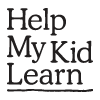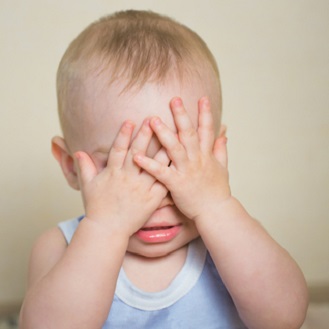What to do with this activity?
A new born baby doesn't need to be taught the language of hands. Just watch them rub their eyes when they are tired, or reach out to be picked up. From about 9 months your baby might show their excitement by clapping hands together, and from about a year old they will be able to point at what they want or need. It's up to us as parents or carers to watch out for their hand signs.
Later your child will be able to combine hand gestures with verbal messages. They might learn from you how to wave and say "bye bye", for instance. Play a game of peek-a-boo and show them how to "hide" behind their hands. Hands held out with the palms upwards combines with the message "all gone".
Enjoy communicating with your baby using hand gestures and facial expressions.
-
Why am I doing this?
Talking is one of the most important skills your child will learn. It seems to happen naturally, but in fact you have a very important role to play. Your baby will learn to talk by hearing other people talk. The more you talk with your baby and respond to their noises and babbles, the more you help them learn to communicate. This will help them in every aspect of their life.
-
How can I do more?
Songs and rhymes are especially good for children as the rhythms and repetitive language make it easier for babies to learn language skills. Babies love songs and rhymes, especially hearing the sound of your voice. This is a great way to help your child to talk and listen. Rhymes with actions explain what words mean - "pour me out" in "I'm a little teapot". You can also create sound effects when you are singing songs and saying rhymes. Use your hands to clap, your fingers to click and your mouth to make playful sounds and whistles.
Rate this activity
![]()
![]()
![]()
![]()
![]()
Based on 29 reviews
How would you rate it?
1 = Poor, 5 = Great.



